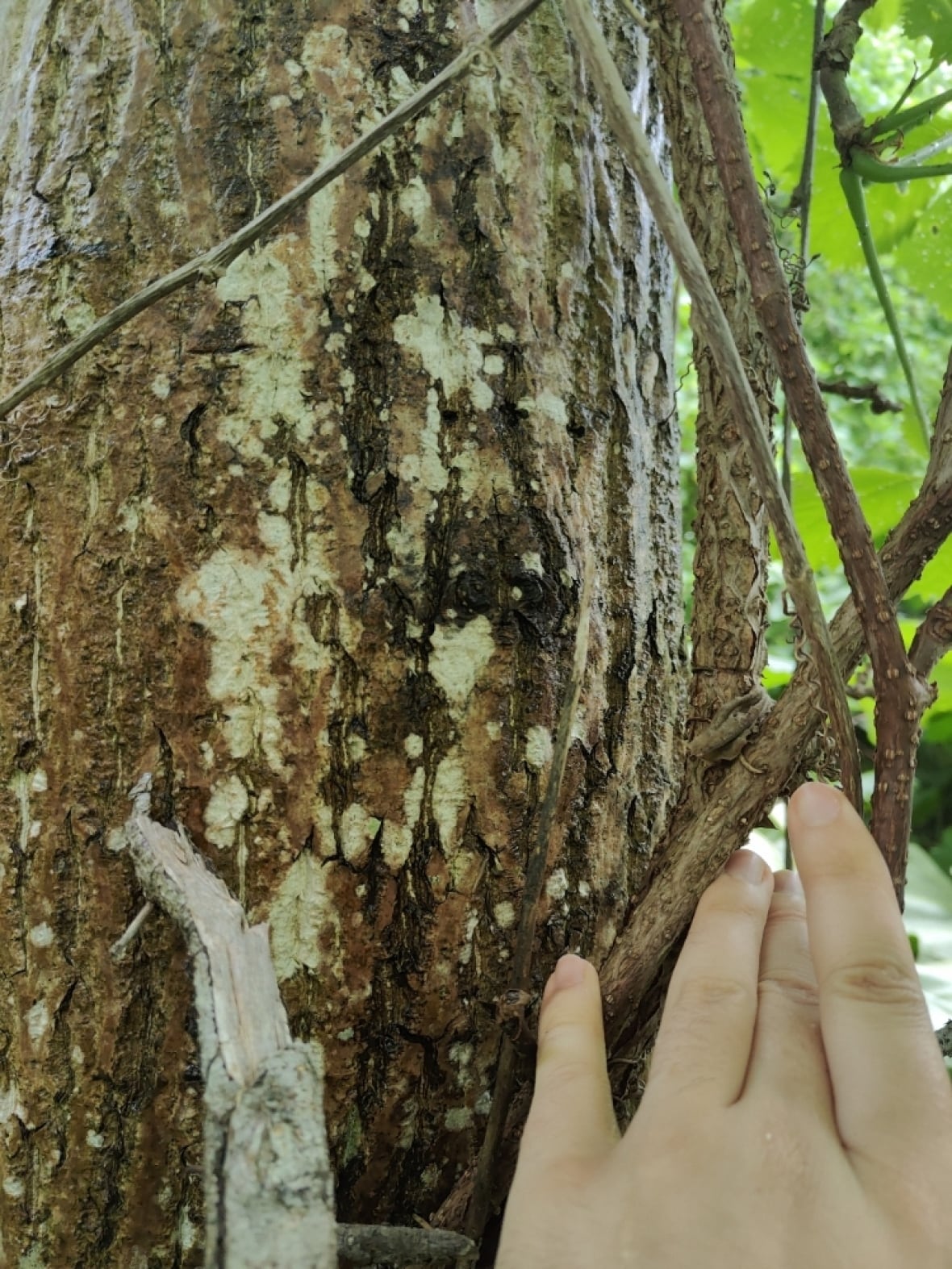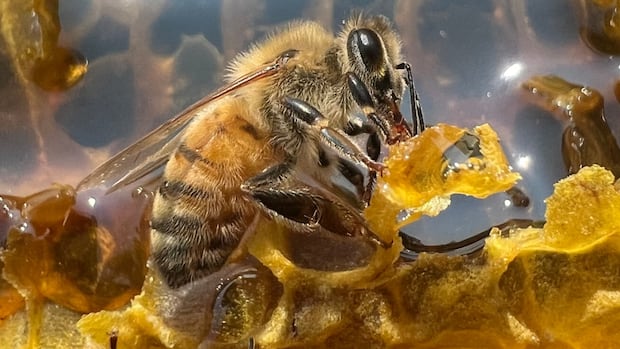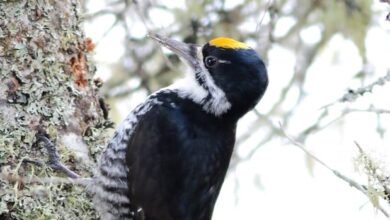Fast -scattered fungus fatally to endangered butternut trees that attack 3 areas of Pei

Islanders are encouraged to take precautions to prevent the spread of a tree mold that has now been detected in three areas of Pei
Butternut Canker is a rapidly spread disease that attacks butternut trees. Although the trees are not supposed to be native to the island, they are planted on a large scale in the province.
“It is really a death sentence, unfortunately, in front of the tree as soon as he receives butternut Canker,” said Clay Cutting, a technician at the Pei Invasive species Council.
Once the tree is infected, there is no known way to stop the spread of the fungus – the host tree eventually dies when several cancers work in combination to go the tree.
Cut said that the council is well aware of how devastating the fungus can be for butternut tree populations because of how the disease has influenced other provinces.
According to a press release from the Pei Invasive Species Council, more than 80 percent of the butternut trees in Ontario have been killed by butternut Canker, with a general rate of more than 99 percent.
Symptoms and drawing
The fungus was first observed in trees in Stratford’s Robert Cotton Park in 2024. Since then, the Invasive Species Council surveys about butternut trees in Charlottetown and Stratford and discovered that a majority showed butternut cancer infection, “said the press release.
Scientists with the Canadian Forest Service confirmed the identification of the disease in July.

“The most obvious sign and the symptoms of Butternut Canker are those large, sunken cancer that appear on the trunks in the branches. They are usually elongated, and the Cankers radiate a black substance,” said Cutting.
He said that the appearance of the fungus can differ based on how long the tree has been infected and the time of the year.
The color of the infected area can vary from black to dark brown. In newer cases, the symptoms are not so clear and can look like raised spots with small cracks in the bark that radiate a black substance.
How does it spread?
The only confirmed way in which Butternut Canker spreads is due to rainfall, said Cuting.
“The rainwater will touch an infected tree, perhaps that spreads around the canopy and fungal spores will splash around the canopy.”
He does not exclude the fact that other methods for distribution, such as the treatment of firewood, or insects and birds that come into contact with the fungus.
There are no known control methods for affected populations, and the endangered status of Butternut Trees can limit their removal based on the regulations of Pei’s Wildlife Conservation Act.
The invasive species council said that islanders can take steps to ensure certain trees that have shown a higher level of tolerance for the disease.
This can be done by pruning infected branches and removing cancer to minimize the quantity of the fungus in the area to possibly extend the life of the tree.




